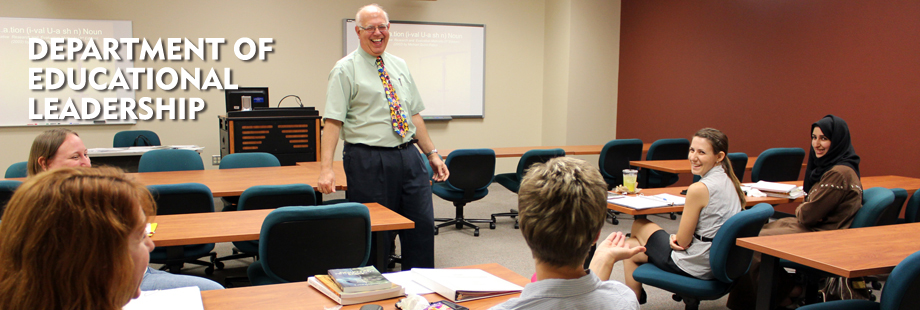Document Type
Article
Publication Date
11-2015
Publication Source
School Business Affairs
Abstract
A tragic reality of American life is that a significant number of children are abused and neglected, even killed, by the hands of their parents and caregivers. In fact, 2013 data from the Centers for Disease Control and Prevention reveal that 678,932 incidents of child abuse and neglect were reported to Child Protective Services (CPS) nationally, with about 27% of those cases involving youngsters under the age of three (CDC 2015).
Moreover, the CDC noted that the CPS data suggest that their reports may underestimate the occurrences of child abuse and neglect. That same report estimates that about 1,520 children died of abuse and neglect in the United States during 2013.
Because of their duty to safeguard vulnerable youngsters, all jurisdictions have enacted fairly stringent child abuse reporting and protection laws. Those laws have led to a growing body of litigation with the result that one dispute recently made its way to the Supreme Court.
In Ohio v. Clark (2015), the Supreme Court unanimously reversed an order of the Ohio Supreme Court that would have limited the use of a teacher’s testimony in a case involving child abuse.
Against the backdrop of the need to protect children from abuse and neglect, the first substantive part of this column reviews the facts and the Supreme Court’s holding in Clark. The second section offers recommendations for education leaders as they work to protect the children in their care from abuse.
Inclusive pages
33-36
ISBN/ISSN
0036-651X
Document Version
Published Version
Copyright
Copyright © 2015, ASBO International
Publisher
Association of School Business Officials
Volume
81
Issue
10
Place of Publication
Reston, VA
eCommons Citation
Russo, Charles J., "Reporting and Protecting Students from Child Abuse" (2015). Educational Leadership Faculty Publications. 184.
https://ecommons.udayton.edu/eda_fac_pub/184
Included in
Courts Commons, Educational Assessment, Evaluation, and Research Commons, Educational Leadership Commons, Education Law Commons, Elementary and Middle and Secondary Education Administration Commons




Comments
This document has been made available for download by permission of the publisher.
This article originally appeared in the November 2015 School Business Affairs magazine and is reprinted with permission of the Association of School Business Officials International (ASBO). The text herein does not necessarily represent the views or policies of ASBO International, and use of this imprint does not imply any endorsement or recognition by ASBO International and its officers or affiliates. Any additional re-purposing or reprint of this article in this or any other medium is restricted without prior written consent.
Permission documentation is on file.